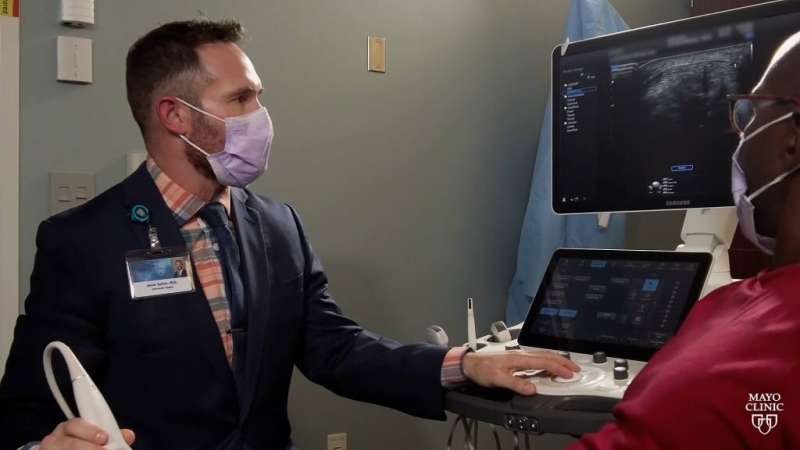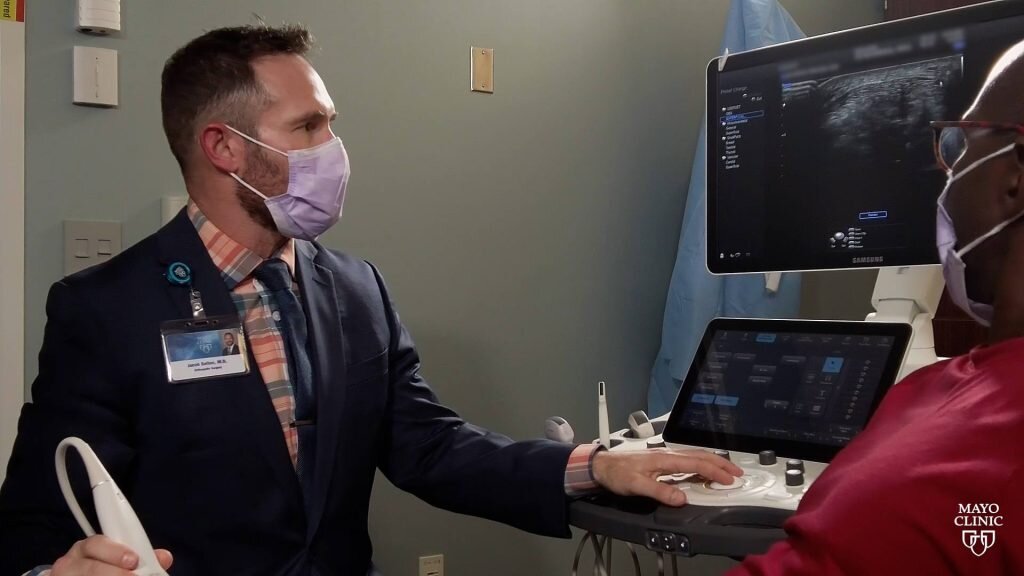
Exertional compartment syndrome is a medical condition that generally affects runners and people involved in jumping and impact sports. Symptoms may include pain, tightness, and weakness in the lower extremities. For some, physical therapy may help. Others may need more intensive treatment.
Muscle groups are surrounded or compartmentalized by a layer of tissue called fascia. When we exercise, blood flow to our muscles increases, causing them to expand. For most people, the fascia also expands. But in others, that fascia remains wrapped tight around the muscle.
“That tightness in that compartment can produce pain in the lower legs, especially the outside aspect of the lower legs, and also can cause some weakness in some muscle. Some people may even experience a drop of their foot.”
Dr. Edward Laskowski is a specialist in Physical Medicine and Rehabilitation and Sports Medicine. He says treatment starts with things like activity modification and exercises to increase strength and flexibility. But if the problem persists, the fascia has to be released with a surgical procedure.
A newer procedure being researched for that is called ultrasound-guided fasciotomy. Dr. Laskowski says that’s where…”With an ultrasound machine, we can actually see that tight envelope of muscle and release it with a very small tool underneath the skin. So the surgery is not as invasive.”
Similarly, BOTOX, or botulinum toxin injections have shown promise as a nonsurgical treatment option. And that means patients can get their exercise back on track, sooner.
https://youtube.com/watch?v=mF2-CVFrsTM%3Fcolor%3Dwhite
Source: Read Full Article
